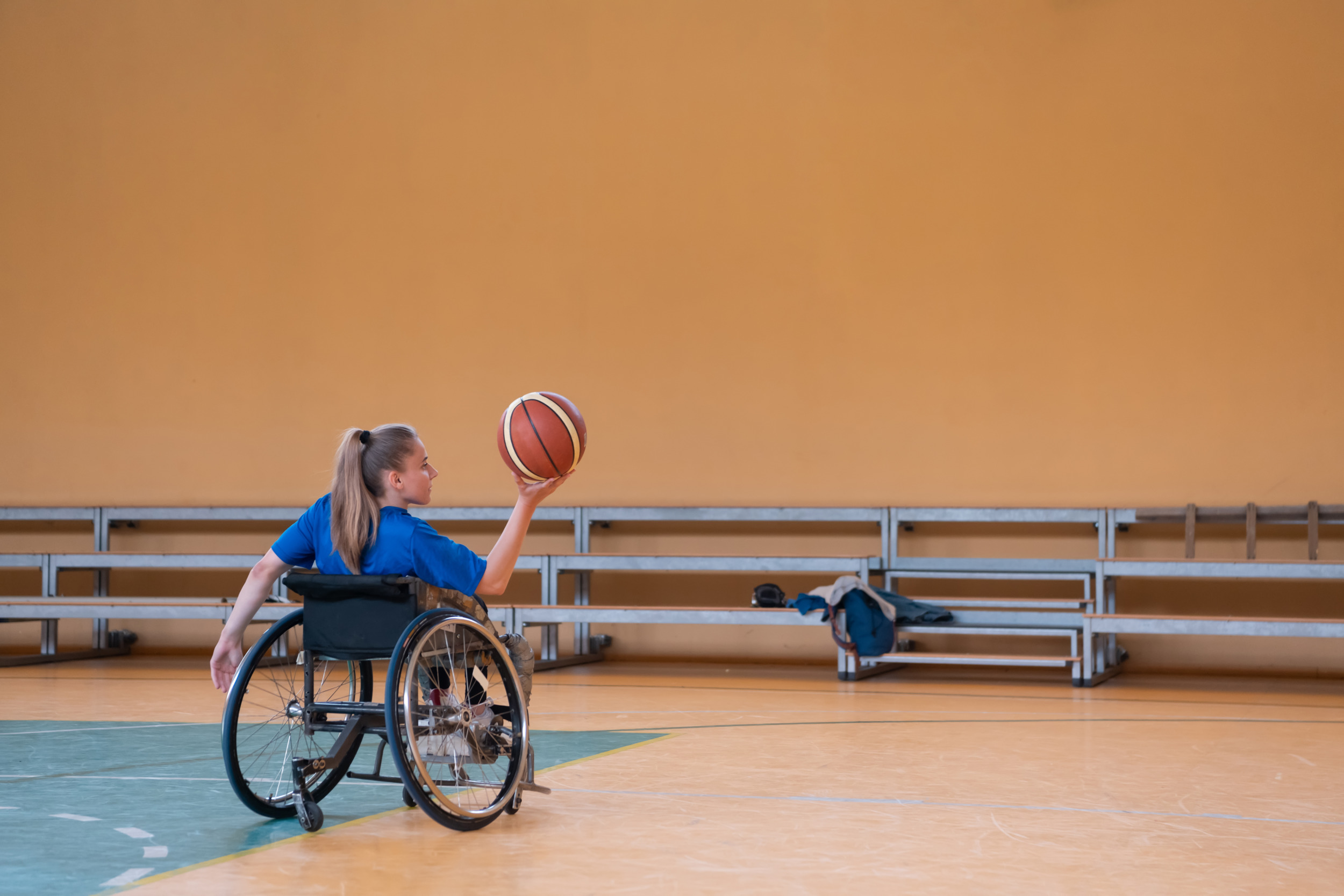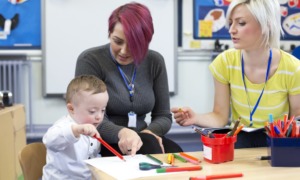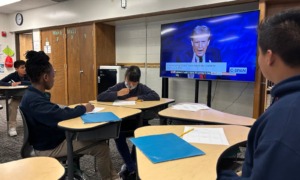Laila Kindness became a true Shark the first time she flipped her chair in a wheelchair handball game. Or at least that’s what the coaching staff of the Houston Sharks assured her and her mother, Simone.
“I just lost three years of my life,” Simone Kindness recalled of her shock watching from the stands as Laila, then 10, fell to her side on the court. “That was one aspect that nobody prepared us for.”
Laila’s first flip was one of many athletic milestones for the 12-year-old in the past two years. She was born with developmental bilateral hip dysplasia that has required multiple surgeries and will eventually lead to hip replacements.
Simone Kindness had long presumed that sports weren’t a possibility for her competitive eldest daughter, who grew up watching her three siblings play soccer from the sidelines. But in fifth grade, a coach from the Sharks, which organizes wheelchair handball, basketball, and football teams for students in Houston County, Georgia, came to Laila’s class and asked if she wanted to join the team. Now she’s a three-sport athlete for one of the most prolific adapted sports programs in the state.
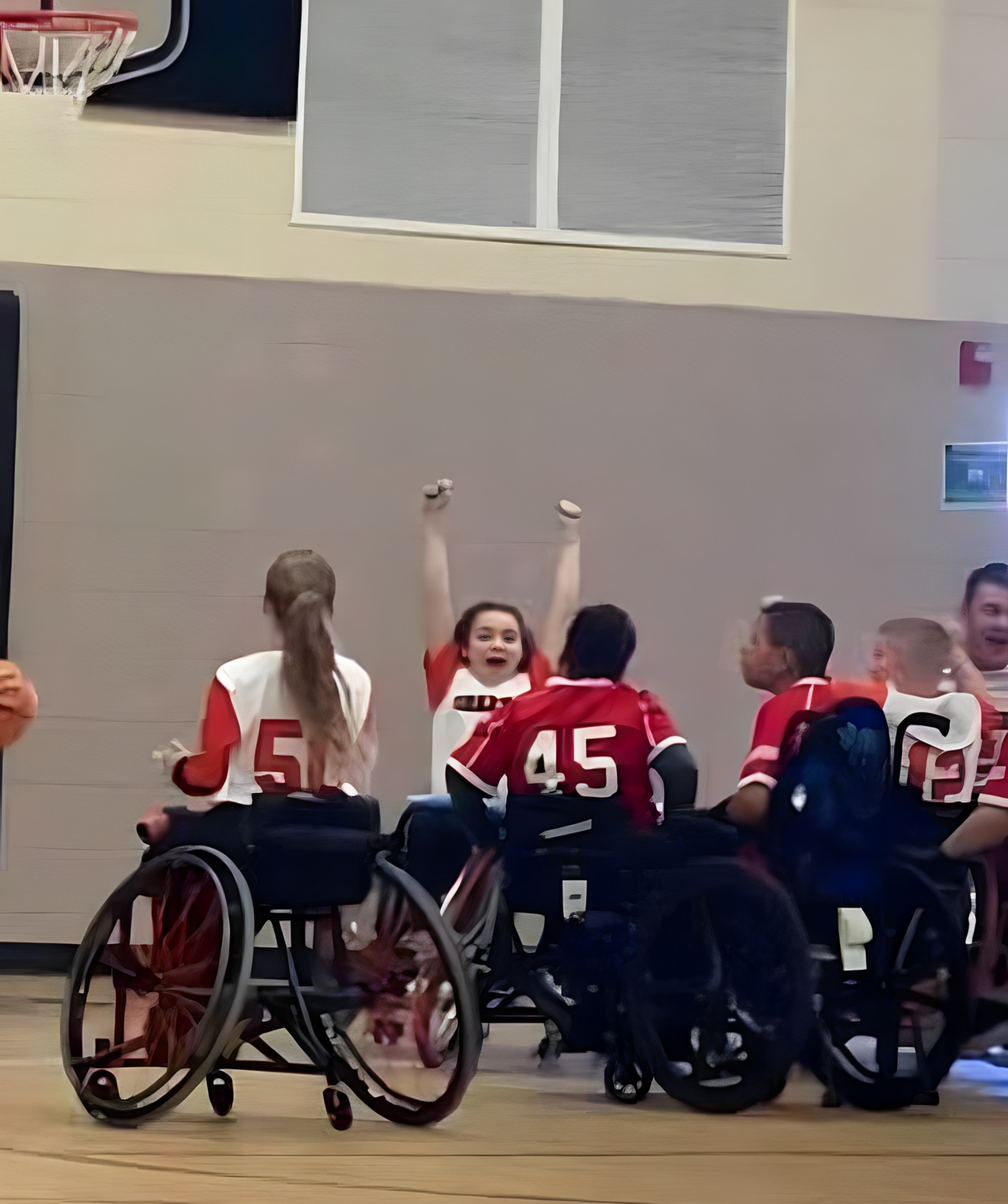
Courtesy of Simone Kindness
Laila Kindness, 12, second from left, is a three-sport athlete for one of the most prolific adapted sports programs in the state.
“There really wasn’t a sport that she could play,” Simone Kindness said. “She could not keep up with her peers. And then here we are, a couple of years later, after many tears and having to say no, and she’s able to play on a varsity team with high school kids and middle school kids.”
This January marks a decade since the release of a U.S. Department of Education’s Office for Civil Rights’ “Dear Colleague” letter, a document that addressed formal guidelines for athletic opportunities for students with disabilities and paved the way for athletes like Laila and her teammates to participate in school-sponsored extracurriculars.
In October, the National Federation of State High School Associations released its first high school sports participation survey since 2018-19; the findings displayed the rapid recent growth of programs that were made possible in part due to that 2013 letter.
Nearly 48,000 students nationwide participated during the 2021-2022 school year in unified sports, which include students with and without disabilities on the same team. That’s up from about 5,500 in 2018-19, according to the survey from the National Federation of State High School Associations.
According to Brian Quinn, director of programming and partnerships for the Special Olympics, there’s some nuance to these numbers; the organization has seen fairly consistent growth in schools incorporating unified sports, so the latest spike may be because more schools are now reporting their interscholastic unified teams. Unified sports can take many different forms in a school, ranging from unified P.E. classes to teams that compete against opposing high schools.
Unified sports center on students with intellectual disabilities and consists of teams of students with and without disabilities; adapted sports include teams of only students with intellectual or physical disabilities, like wheelchair basketball. Another 7,800 students participated in adapted sports. The combined increases in unified and adapted sports mark a 163 percent increase since 2018-19.
The increases came even as participation in non-unified or non-adapted sports teams dropped slightly over the same period.
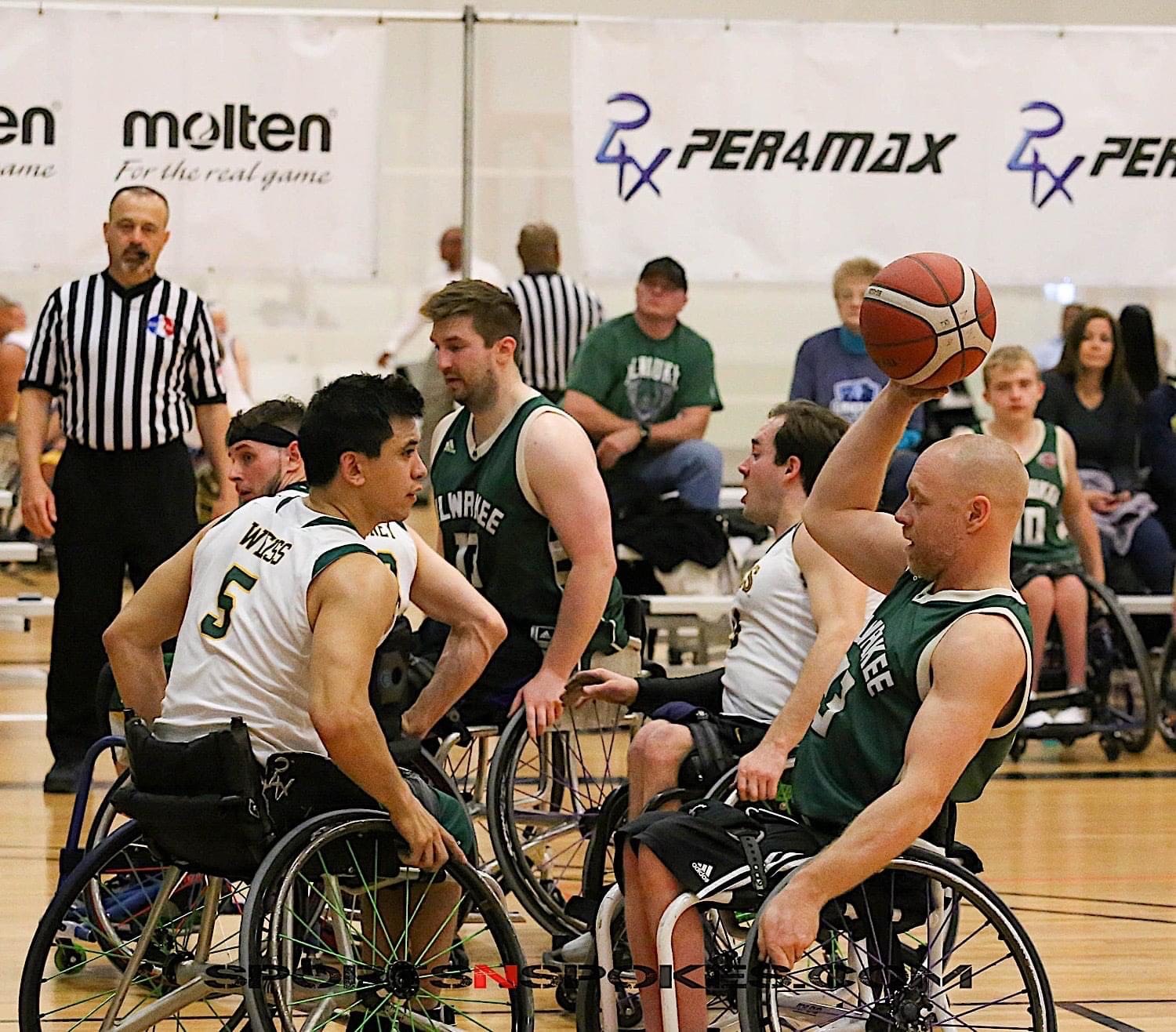
Courtesy of Nick Weiss
Nick Weiss, at bottom left, began playing wheelchair basketball with Seattle Adaptive Sports when he was 10 years old.
In 2017 Special Olympics and the National Federation of State High School Associations announced an official partnership to advance inclusive athletic programs for students with disabilities.
The next year, Karissa Niehoff joined the federation as CEO after a long career in education in Connecticut, where about 95% of public high schools currently offer unified sports programming that includes athletes both with and without disabilities.
At the federation, Niehoff made it a priority to expand athletic opportunities for students nationally. She added staff focused on athletics for students with disabilities and began to work with Special Olympics North America to build and rekindle relationships between state Special Olympics associations and state high school athletic associations in what she called an “organic growth model.”
“I was a high school principal, and nothing does more for the culture and climate and school than a unified sports program,” Niehoff said. “It’s amazing.”
For the athletes with disabilities, it’s a chance for them to take part in something that they’ve watched for years from the sidelines, she said, while the students without disabilities, or “partner-athletes,” are taking part in a joyful experience.
“They reflect on that, and they say that’s one of the most valuable things they’ve ever done in their life is be a partner-athlete,” Niehoff said.
The start-up and annual costs of unified sports depend on the specific offering, Quinn explains, but they can be comparable to those of a non-unified or non-adapted sports team. Unified physical education classes can take the place of traditional physical education, which is a low-cost option; with the appropriate funding, schools can also field unified teams that play against other schools in a modified version of the sport. A school’s unified soccer team, for example, would include fewer players and some rule modifications, but would have its own coach, schedule and roster, similar to a varsity soccer team.
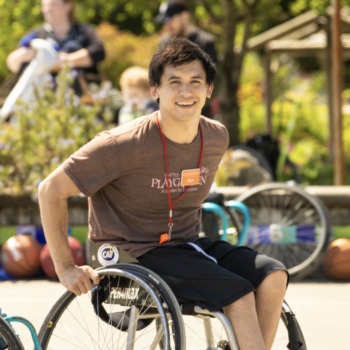
Courtesy of Nick Weiss
Nick Weiss
“We’re breaking the mold of what a lot of people think is inclusion,” Quinn said. “Everyone’s on equal footing.”
Nick Weiss, now 30, began playing wheelchair basketball with Seattle Adaptive Sports when he was 10 years old. He went on to play at the collegiate level with the University of Illinois and is now in his second year coaching his former youth team.
“Wheelchair basketball is the coolest sport in the world,” he said.
Besides being ridiculously fun, “it changes your confidence and your personality and you learn lots of different things from playing a team sport,” he said.
In terms of accessibility to adaptive programs, there are pockets across the country that may have more interest and stronger programs than others, Weiss said, based on resources and interested players. Weiss said Seattle Adaptive Sports has seen growth through 12-week summer programs and word of mouth.
In Minnesota, adapted bowling has been one of the main drivers of growth within the state’s adapted sports program in recent years, said Marcus Onsum, executive director of Minnesota Adapted Athletics Association and a coach of the Robbinsdale High School’s adapted sports teams for 29 years.
Robbinsdale also offers adapted soccer, softball, and hockey teams for students with disabilities, but bowling is a particularly accessible sport for students on the autism spectrum, Onsum said. Students with an autism spectrum disorder may struggle with noisy environments or large groups of people, among other sensory overloads, and the individual or small-group nature of bowling can often be a good fit. And bowling allows rural communities that may not have enough students to field a full team to send individual bowlers to compete.
Participating in adapted sports is, for many students, “a life-changing experience,” Onsum said.
“A lot of these kids have, for their entire life, been told, ‘You can’t do this, you can’t do that. You’ll never compete in sports programming because of your disability,’” Onsum said.
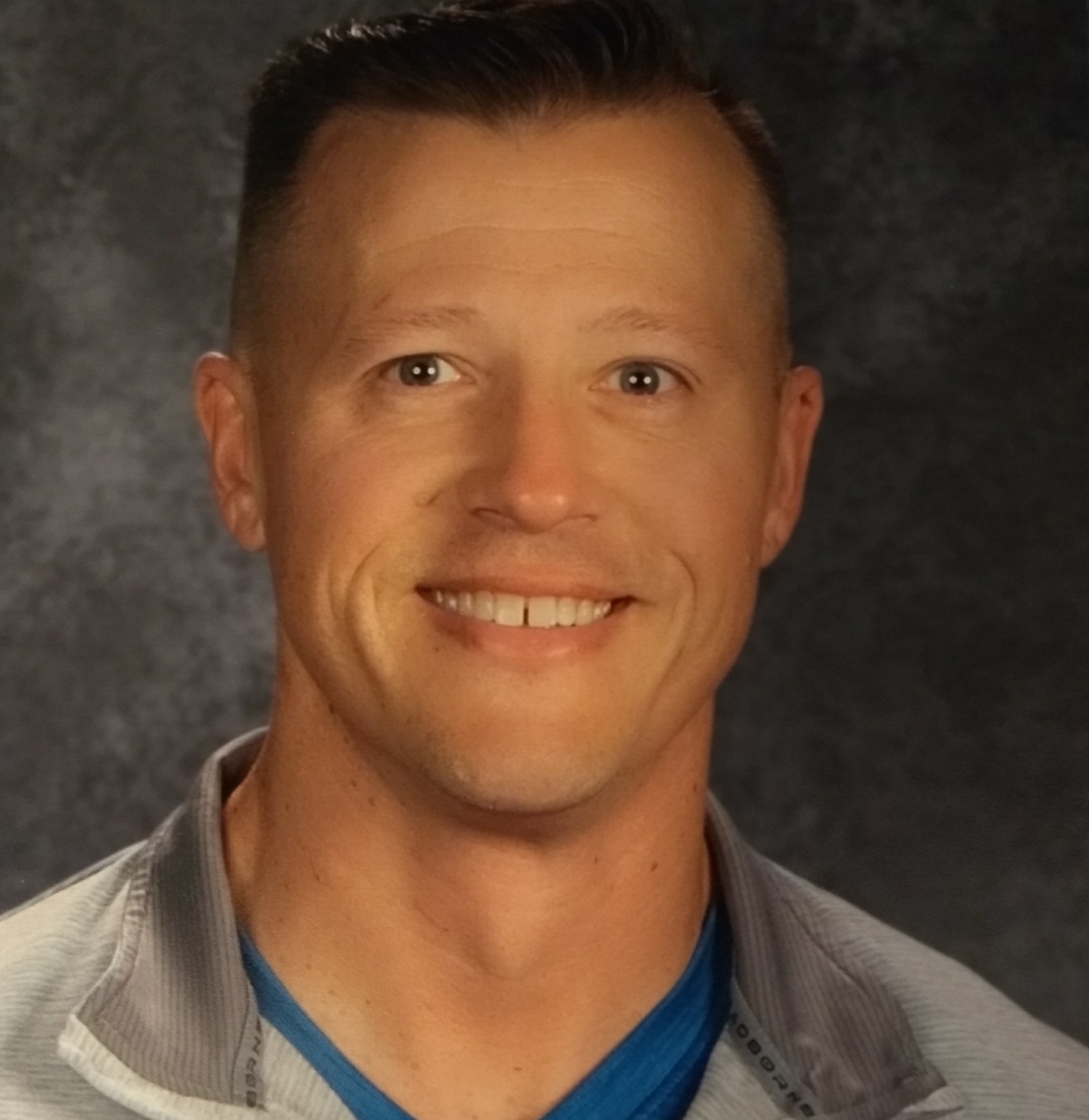
Courtesy of Marcus Onsum
Marcus Onsum
“By the time they get to us, it’s just been one obstacle after another. ‘No, no, no, no, no, you can’t do this.’ And when we finally say, ‘Yes, you can do this, You can play soccer, you can play hockey, you can play softball. It’s just going to look a little different than what you’re used to seeing,’ you see eyes open, and this whole new realm of possibilities presents itself.”
The Kindness family keeps a photo of one of these moments: It’s from Laila’s first goal in junior varsity basketball. She had been peppering the goal with shots and had yet to make a basket. The moment she finally scored, her hands flew up into the air. When asked about an important moment from adapted sports, Laila is quick to choose that one, and so is her mother.
“She took so many shots, and she was getting so discouraged,” Simone Kindness said. “It brings tears to my eyes to think of that moment.”
***
Jacqueline Kantor is a New Orleans-based journalist who covers education, environment and sports.


